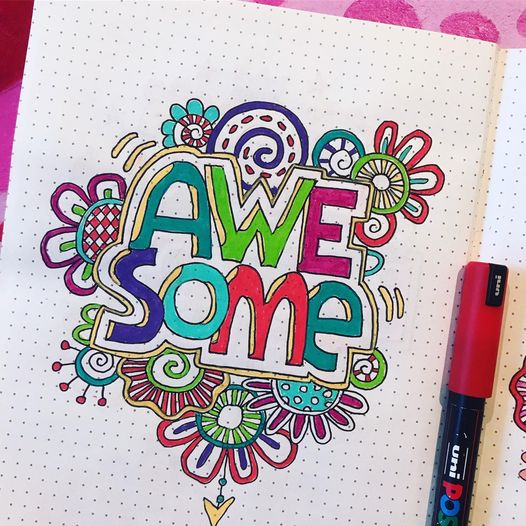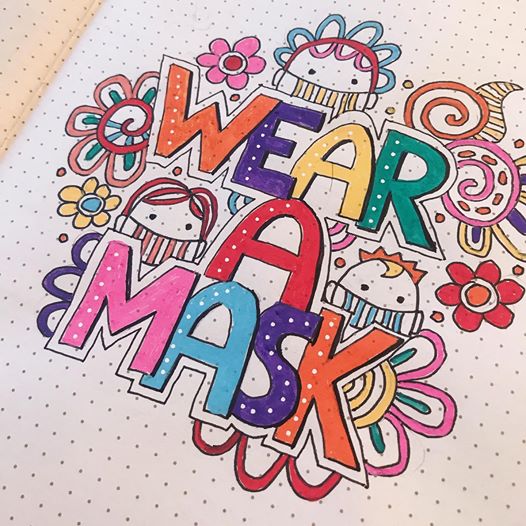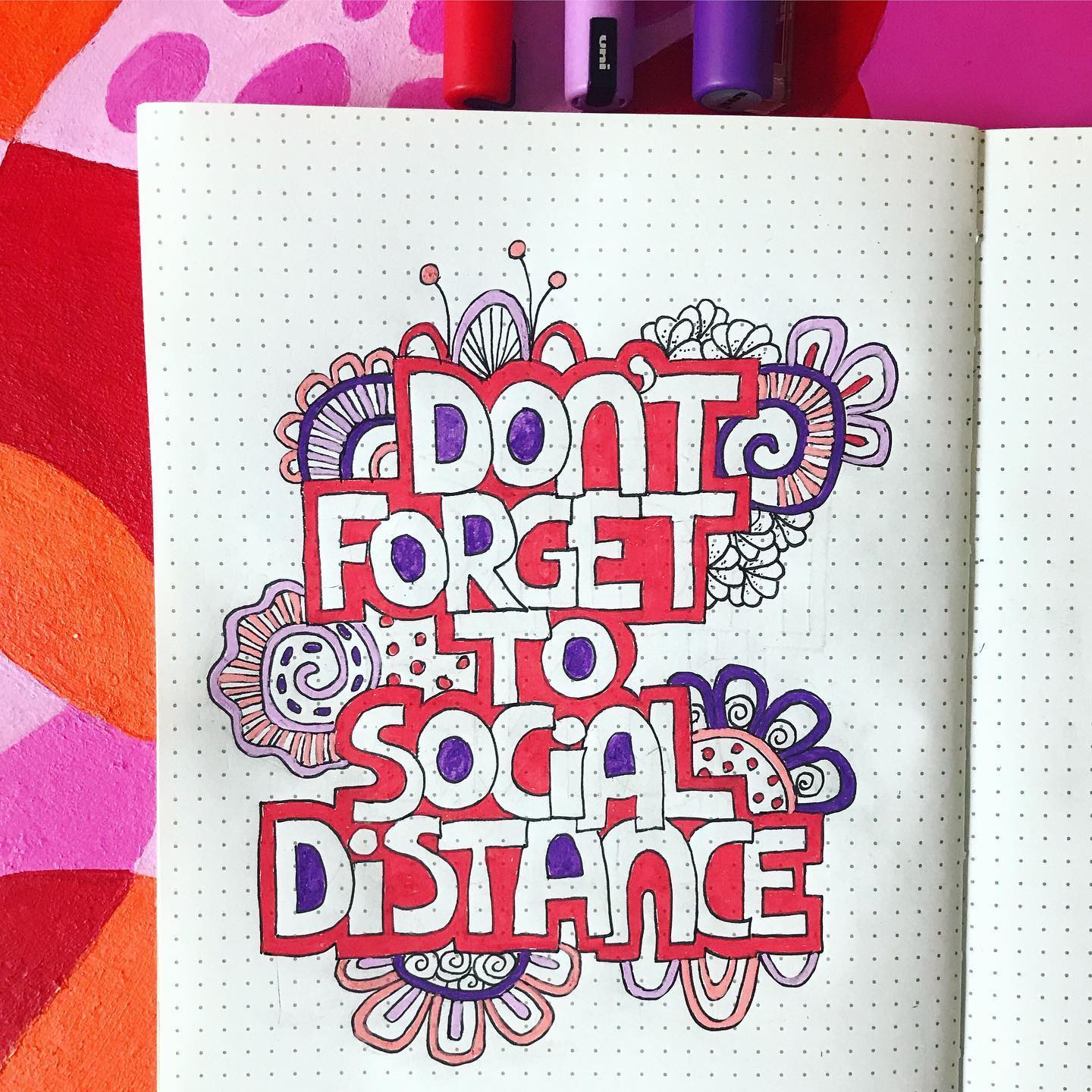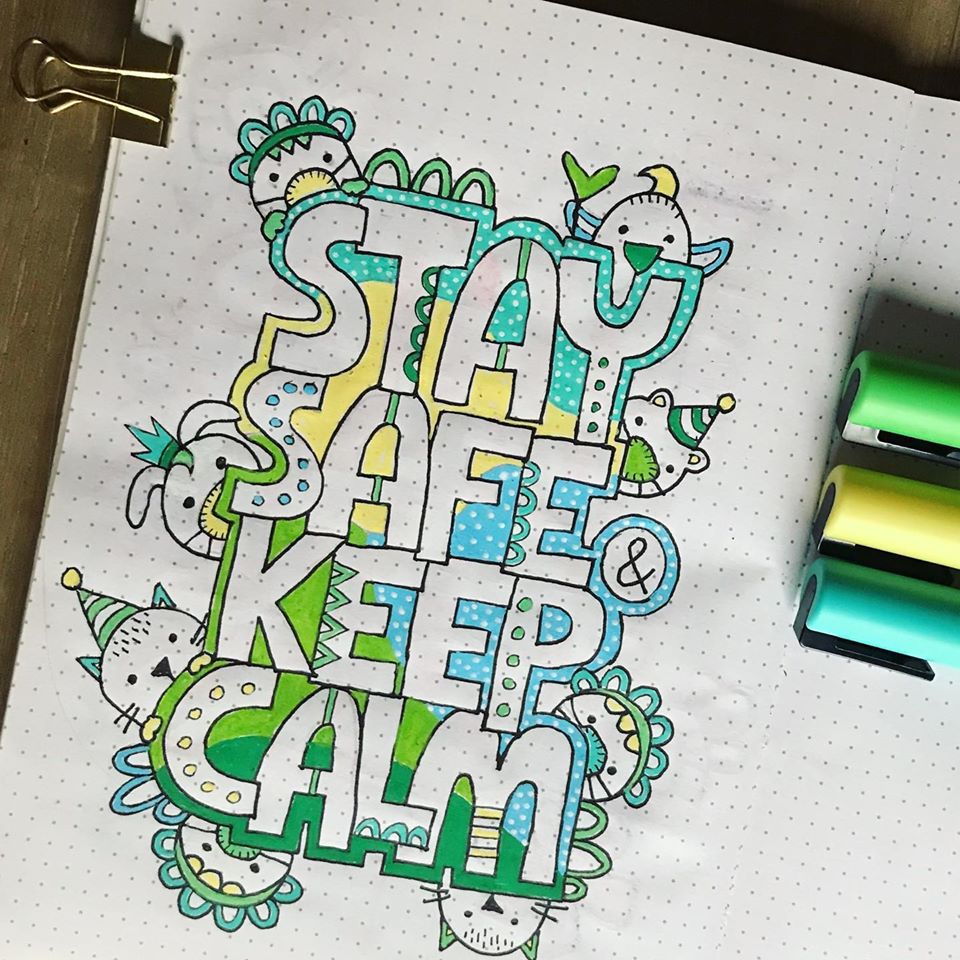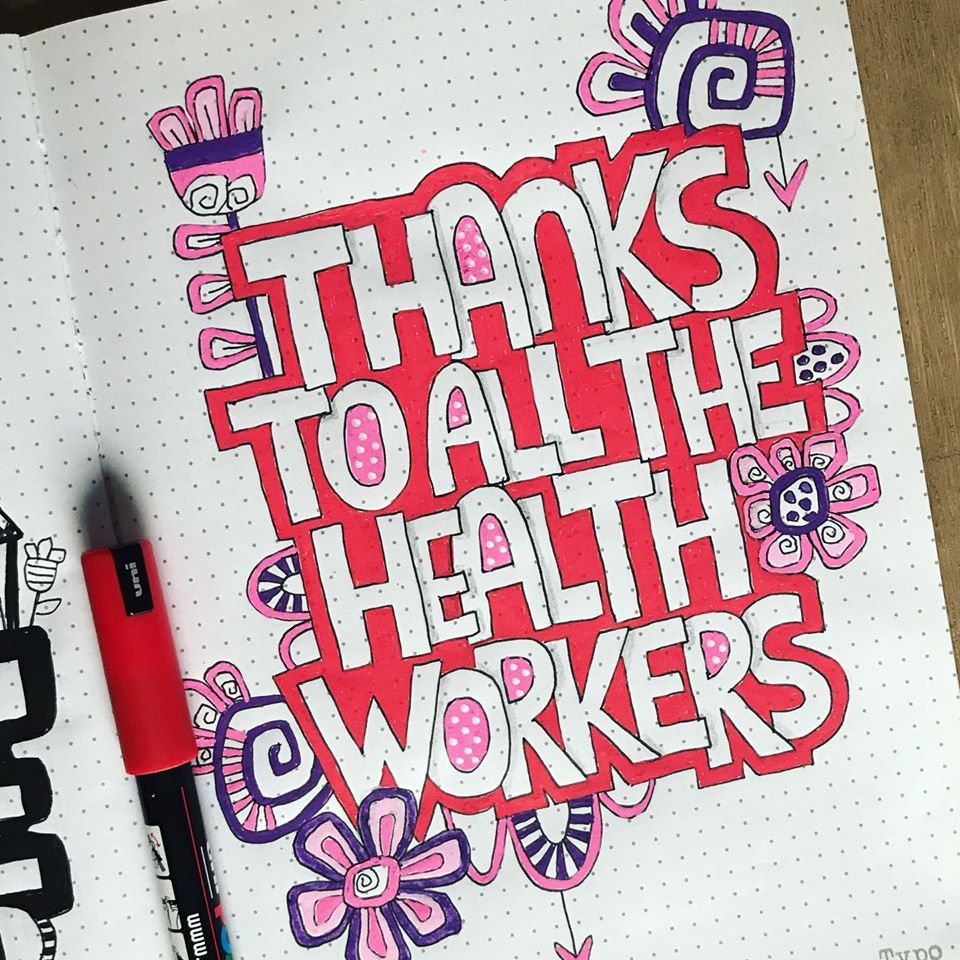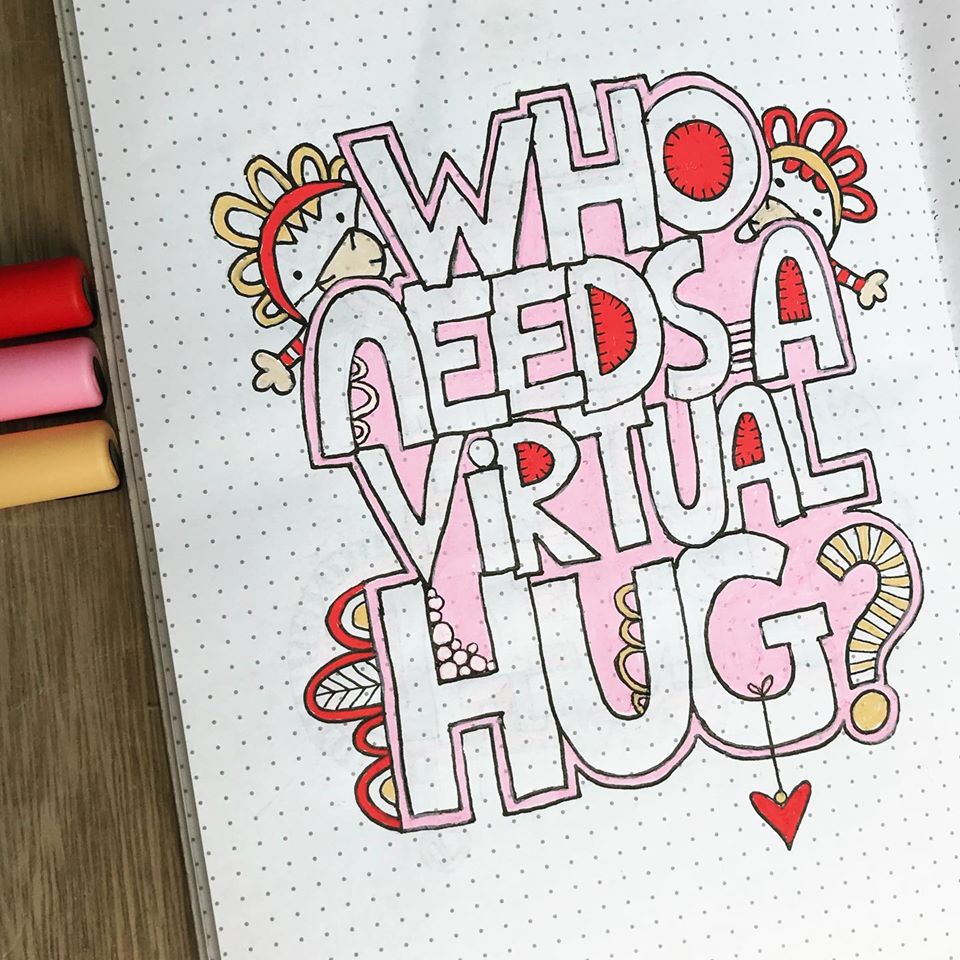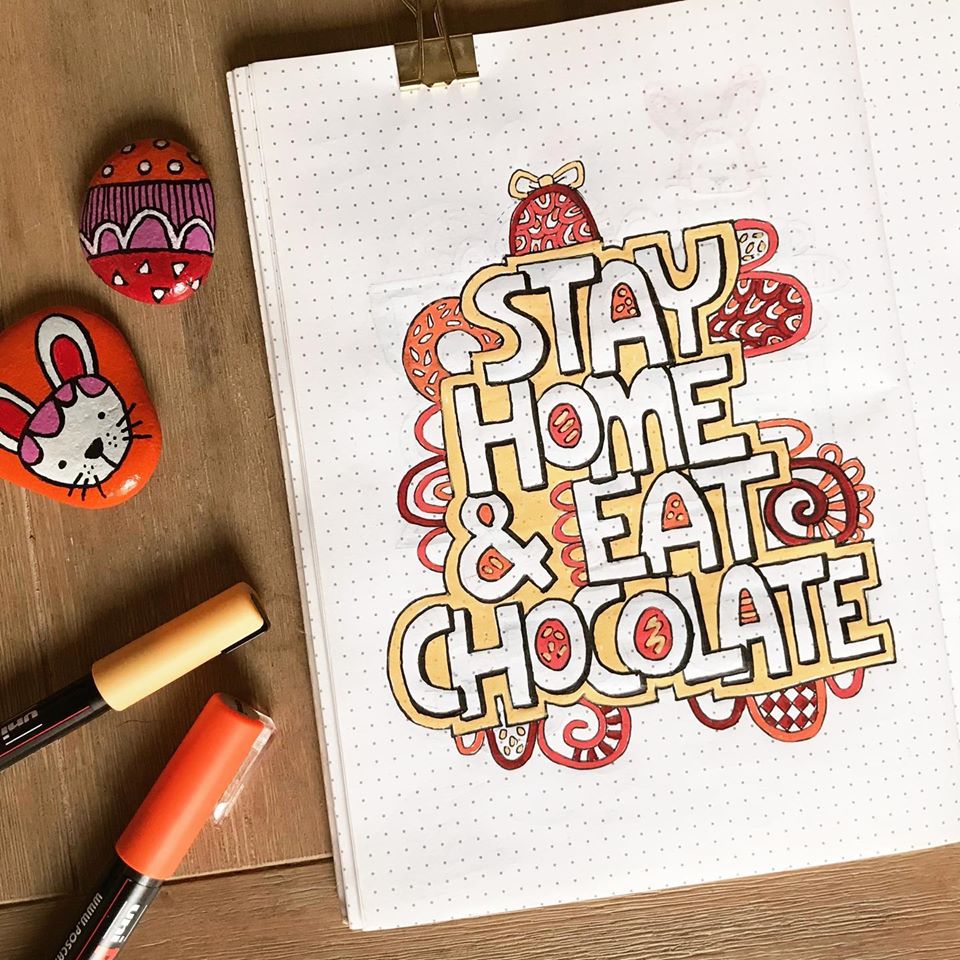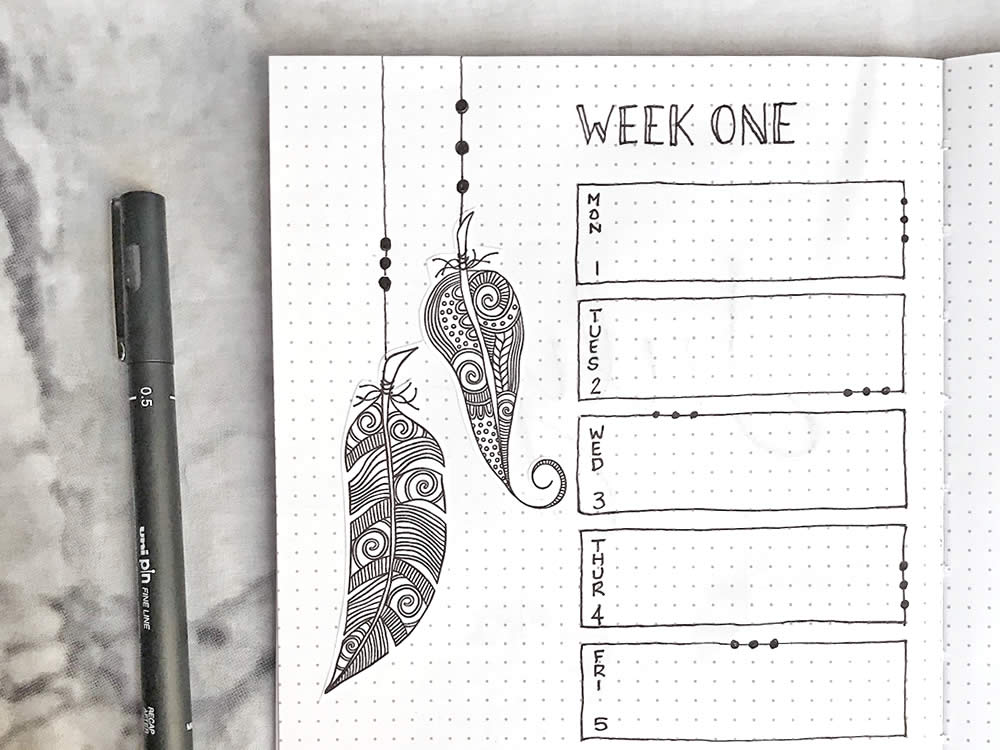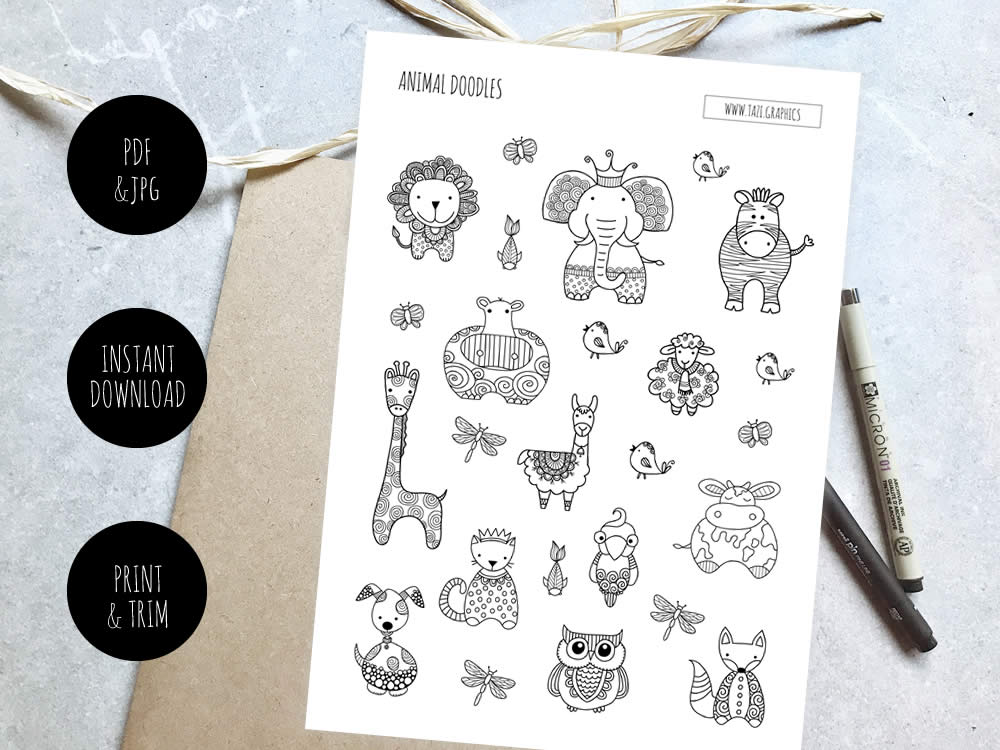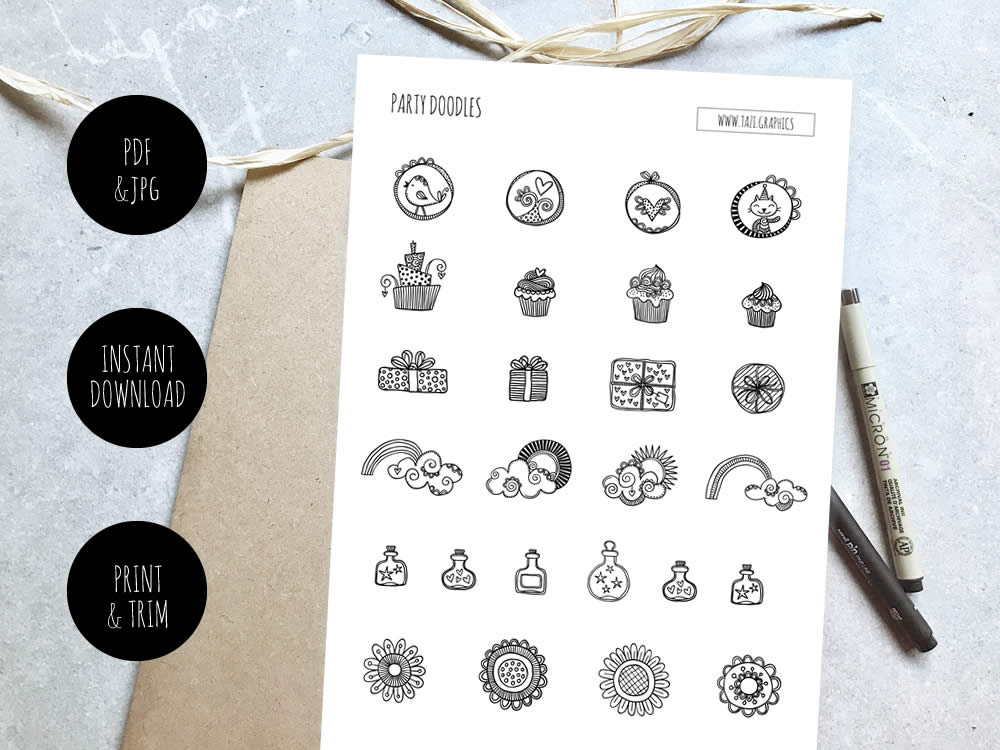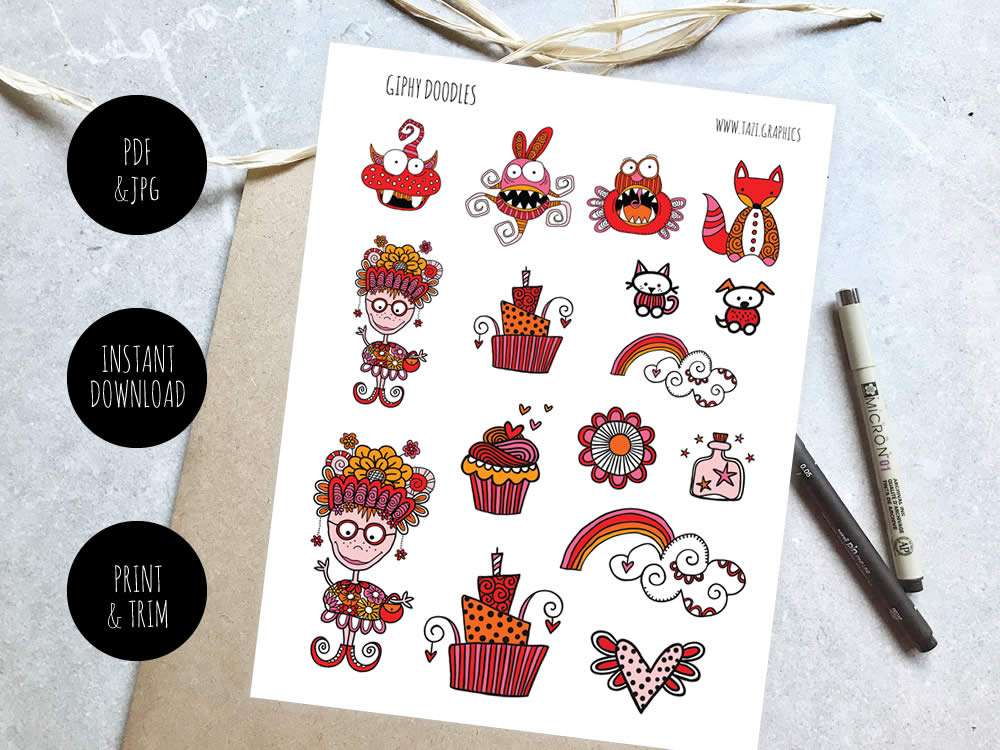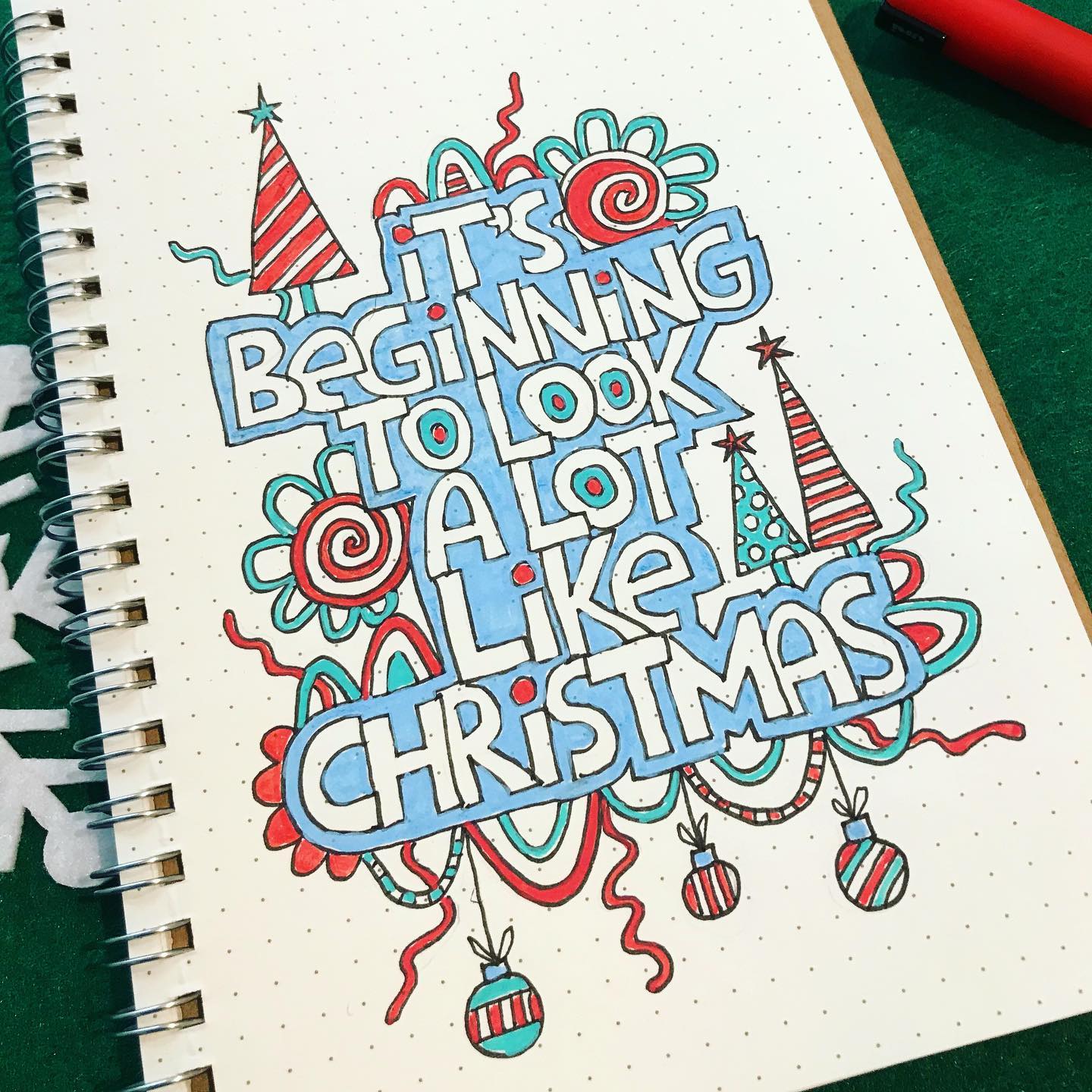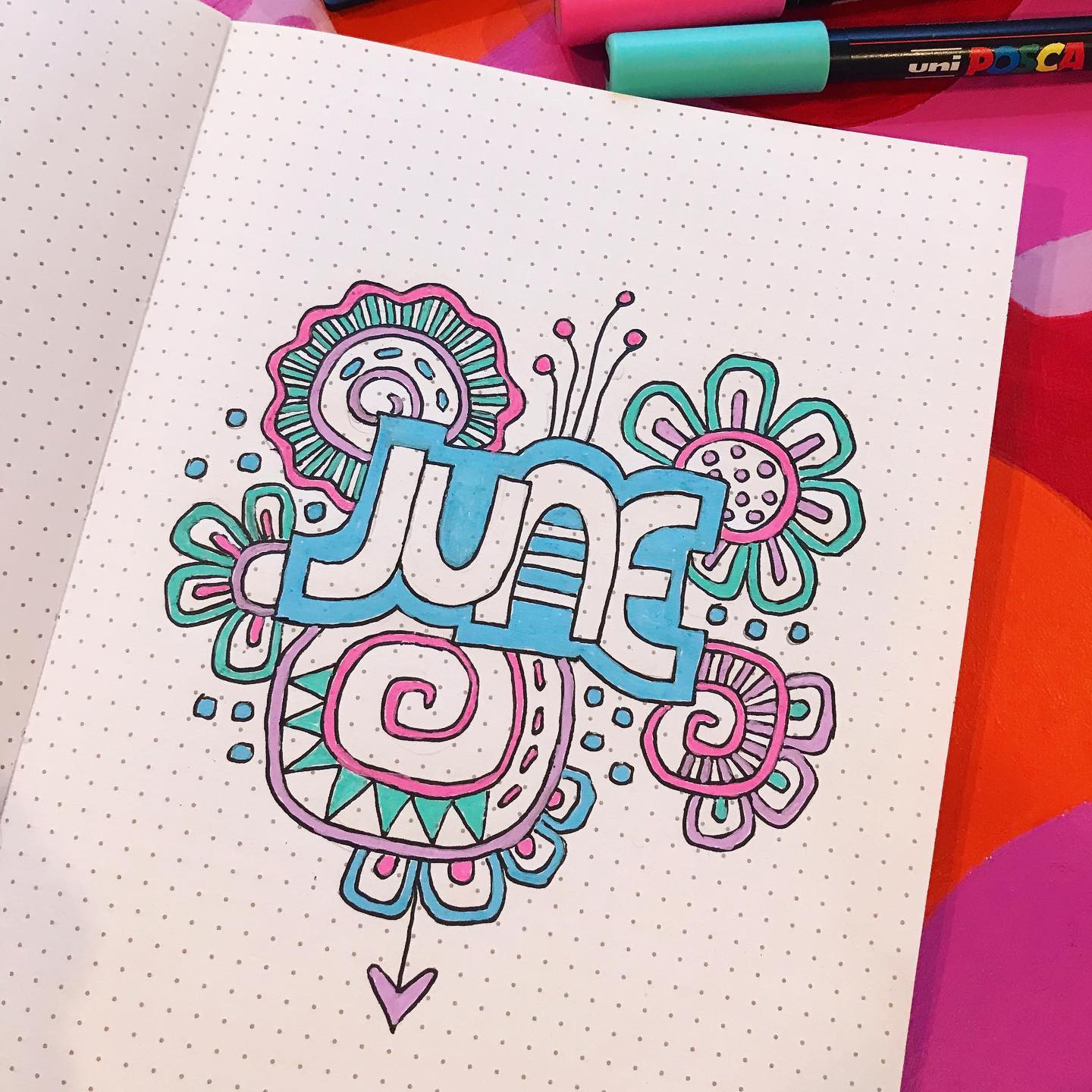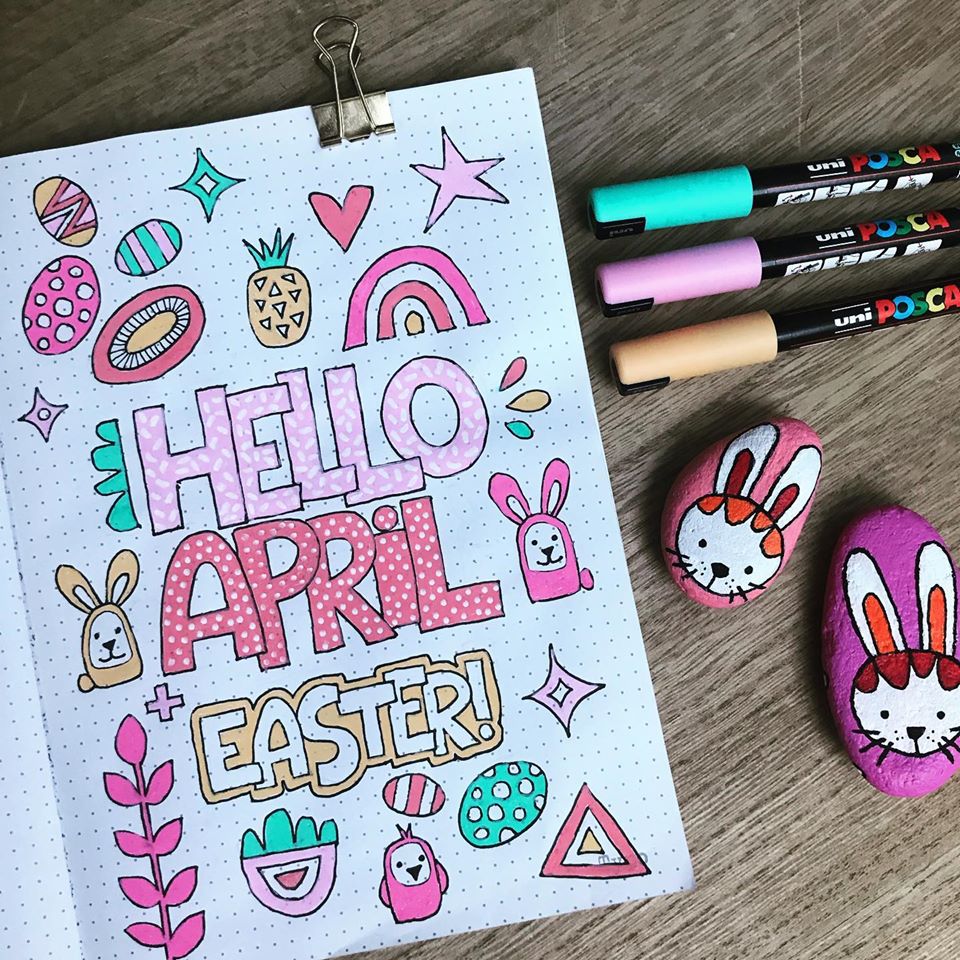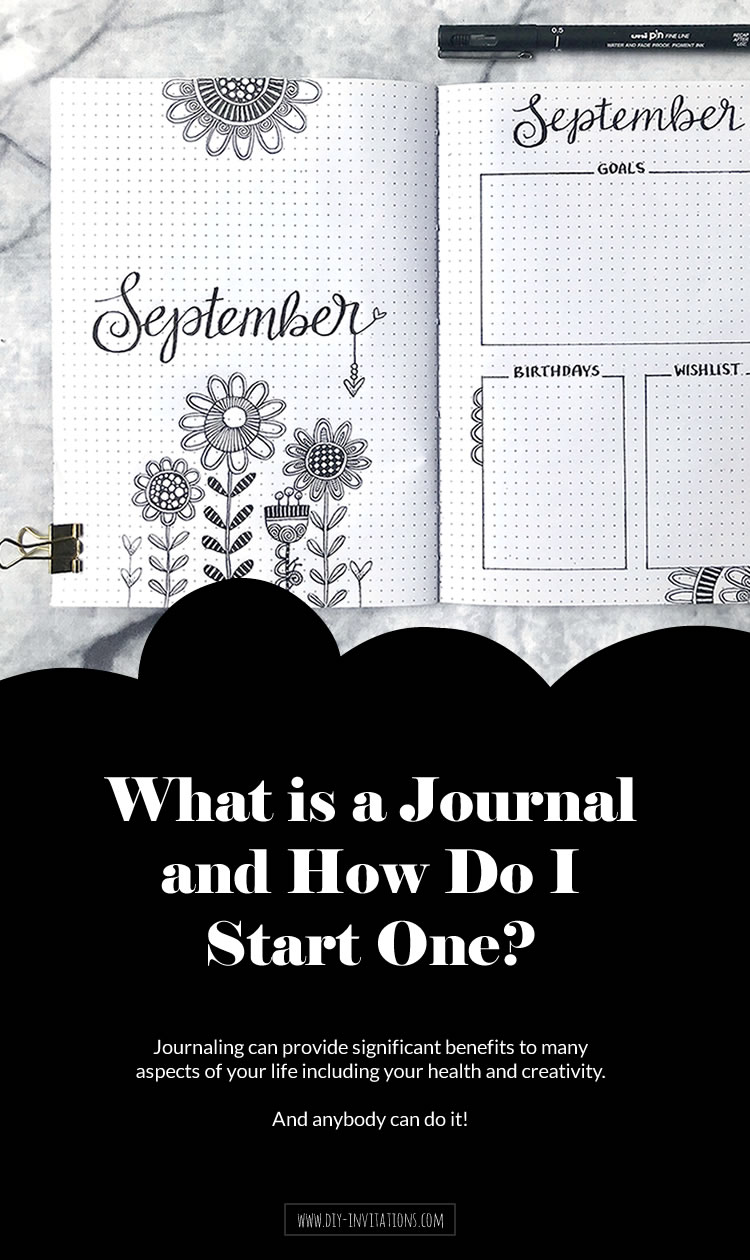Have you been thinking about starting a journal?
The good news is that journaling can provide significant benefits to many aspects of your life including your health and creativity. And anybody can do it—you don’t need to be a writer, creative, or a teenager to start!
If you’re serious about becoming a wealthy, powerful, sophisticated, healthy, influential, cultured, and unique individual, keep a journal.
Jim Rohn
What is a journal?
A journal, from the Old French ‘journal’ (meaning daily), refers to a daily record of activities, but the term has evolved to mean any record of activities, such as a diary, daybook, logbook, transaction journal, academic journal, magazine or newspaper.
Journaling is a written record of your thoughts, experiences and observations. It is an easy and practical way to stay connected to your inner self, your body, your dreams and your purpose in life.

There are many types of journals such as: writing, bullet, dream, food, travel, art, prayer, reading, gratitude, project, garden, pocket, workout, art, pregnancy, junk, poetry, finances, fashion …
In my life, writing has been an important exercise to clarify what I believe, what I see, what I care about, what my deepest values are. The process of converting a jumble of thoughts into coherent sentences makes you ask tougher questions.
President Obama, 2012
There are lots of great reasons to keep a journal
- As a hobby or for enjoyment
- Something to do while watching TV
- Organisation > day-to-day, plans, lists
- Self-improvement > writing skills, drawing skills
- Setting goals > if you write them down, you are more likely to achieve them
- To preserve your memories
- Become more observant and notice the details around you
- De-stress and clear your mind of thoughts and ideas
- Improve your memory and problem solve
- Fun to look back through old journals
Three main benefits of journaling
01 Creativity
It’s widely accepted that happy, balanced individuals are more creative than those who are under constant stress. The act of journaling can help reduce stress and anxiety by clearing the mind and allowing us to become more creative.
Research has shown that our short-term memory storage is limited. Most of us can only hold five or six items in our head at a time so anything beyond that and we start to forget things and feel overloaded with information.
Journaling allows the mind to clear out and become quieter. We can start to think more clearly. Creativity can be improved if you write down your ideas when they randomly come into your mind.
Keeping a writing or drawing journal boosts creativity because the regular practice increases your self-confidence and can give you inspiration for other projects.
Remember that old saying ‘practice makes perfect’? While practice won’t make you ‘perfect’, it will usually make you better at whatever you’re practicing. Writing and drawing activities performed on a regular basis will help improve your skills, abilities and creativity.
02 Mental Health
Journaling is a holistic practice that improves our general wellbeing. It can be self-soothing, and you can do it at any time of the day. Research shows that journaling can help to manage our stress by understanding what’s going on in our minds.
Writing things down can help to de-clutter your mind and keep focus on what’s important. Being more organised and balanced is a great way to reduce stress and anxiety levels.
A journal can help you notice your habits and patterns, set and achieve goals, and solve problems.
Headspace
03 Physical Health
Researchers say that journaling for 15-20 minutes a day, three to five times a week can significantly improve your physical and mental health.
Not only does journaling make you less likely to get sick, it also increases the chances of fighting specific diseases. Various scientific studies have shown that expressive writing can help people cope with stressful events, relieve anxiety, boost immune cell activity, and lead to faster recovery from injury.
Researchers in NZ found that expressive writing 20 minutes for three consecutive days, two weeks before surgery aided in the faster recovery for patients after a medical biopsy.
Long-term emotional upset can increase the body’s levels of stress hormones such as cortisol, which impedes the immune system. A paper in September in the British Journal of Health Psychology indeed found that writing about an emotional topic lowered participants’ cortisol levels.
Scientific American
Tools
Basically any notebook and pen will do! I have even recycled old books for my art & mixed media journals (altered book).
I like to use the Micron pen or Uni Pin fineliner as they come in various tip sizes. The coloured pencils I use are a box set I have had for twenty years and still love using by Schwan-Stabilo.
If you want to find a fancy journal, google is probably the best way as there are stacks available at all price ranges. I like paper that does not have much show through so I can use both sides. I personally like the dot grid because the dots are subtle so my lines are reasonably straight. This one is from Typo and was on special (though it does have a bit of show through).
Getting Started
There is no ‘one way’ to do it ‘correctly’ and there are no actual rules to journaling so feel free to do it your own way!
Having a journal doesn’t mean you have to write or draw in it every day. Start small. Even one sentence or five minutes a day can help get you in habit.
The best time seems to be either when you wake up or before bed. Try different times to see what suits you the best.
You don’t have to write about your thoughts and feelings or what you did today. You can fill your journal with sketches, doodles, lists, ideas and plans. A journal doesn’t have to be an ‘art project’ like many you see online (e.g. bullet journal junkies). But if you are creative and arty then go for it!
My own journal consists mainly of lists, bullet points, and drawings because writing is not my favourite thing to do. Sometimes I add stickers and some of my pages are hand-lettered quotes that catch my eye. Here’s some tips that might help:
- Don’t stress about journaling every day – it’s okay to skip days or weeks!
- Don’t be over ambitious – keep it simple and do as much or as little as you like
- Mistakes are okay – don’t try to make it perfect
- Lists are fun!
- Your journal is your journey
- Make it a relaxing activity, not just another thing ‘to do’
- Don’t rush
Having a structure, like a bullet journal, art journal or gratitude journal, can make it easier to get started.
What is a gratitude journal?
Keeping a gratitude journal is a simple way to start journaling and to boost your self-esteem and well-being at the same time.
You only need to write about a few things that you feel grateful for each day so it doesn’t need to take up too much time—it could be anything from the meal you just shared with your family, the flowers blooming or snuggling with your dog.
It is also satisfying when you go back and reflect on the positive aspects of each day, no matter how small.
What is a bullet journal?
Part to-do list, part planner and part diary, a bullet journal can help you keep track of everything that’s going on in your day-to-day life in one place. Plus it’s a great way to keep track of things you want to do in the future.
Bullet Journal® (or BuJo®) is a method of personal organisation developed by Ryder Carroll a designer based in New York.The system organises scheduling, reminders, to-do lists, brainstorming, and other organisational tasks into a single notebook.
Visit bulletjournal.com for the complete guide to setting up a bullet journal or get the box set.

At first glance the system seems complex, but when you start to set it up and work with it, it makes sense. You only need to do the pages for the current month, so it is not very time consuming.
The Index organises the pages in your Bullet Journal. Every page has a number and is given a topic and these topics are called Collections. You update this as you go.
Collections are composed of three main types: Future Log, Monthly Log (things you plan to do each month), and Daily Log (things you need to do today and other thoughts).
Rapid-logging is short-form notation and has two parts: Bullets and Signifiers. Bullets are made up of three categories: Task Bullet, Event Bullet, and Note Bullet. Signifiers are additional symbols that give Bullets further context.
Migration is done on a monthly and yearly basis. Migrate any tasks that you didn’t complete (and still want to do) over to the new Monthly Log.

What is an art journal?
An art journal is a visual diary that combines drawing, painting, doodles, writing, and collage. It is a great way to practice self care and enhance your creativity—and it’s fun!
The main goal is to relax and enjoy creating something without worrying if it is ‘good’ or who is going to see it. If you need some ideas, check out pinterest or try some of these prompts:
- Draw or paint a self portrait
- Draw your pet
- Create a map of somewhere real or imagined
- Draw a childhood memory
- Paste photos and doodle on top of them
- Cut out pictures from a magazine and make a collage
- Hand letter an inspiring quote
These are some pages from my A4 mixed media art journal which was previously an old accounting workbook! My theme at the time was ‘monochrome colour’ and if you look closely you can see some of the original text showing through.
No matter what type of journal you decide to try, it’s a great way to clear your mind and get your creative juices flowing. My best advice is to just pick up a pen or brush and make a start!
Useful books and journals on Amazon
- The Bullet Journal Method: Track Your Past, Order Your Present, Plan Your Future
- Guissi Classic Dotted Grid Bullet Notebook Journal Dot Hard Cover A5 Premium 100gsm
- QUICK GUIDE TO STARTING A BULLET JOURNAL: Take Back Control of Your Life and Your Day With These Great Bullet Journal Ideas
Tazi Graphics is a participant in the Amazon Services LLC Associates Program, an affiliate advertising program designed to provide a means for sites to earn advertising fees by advertising and linking to Amazon.com.au



